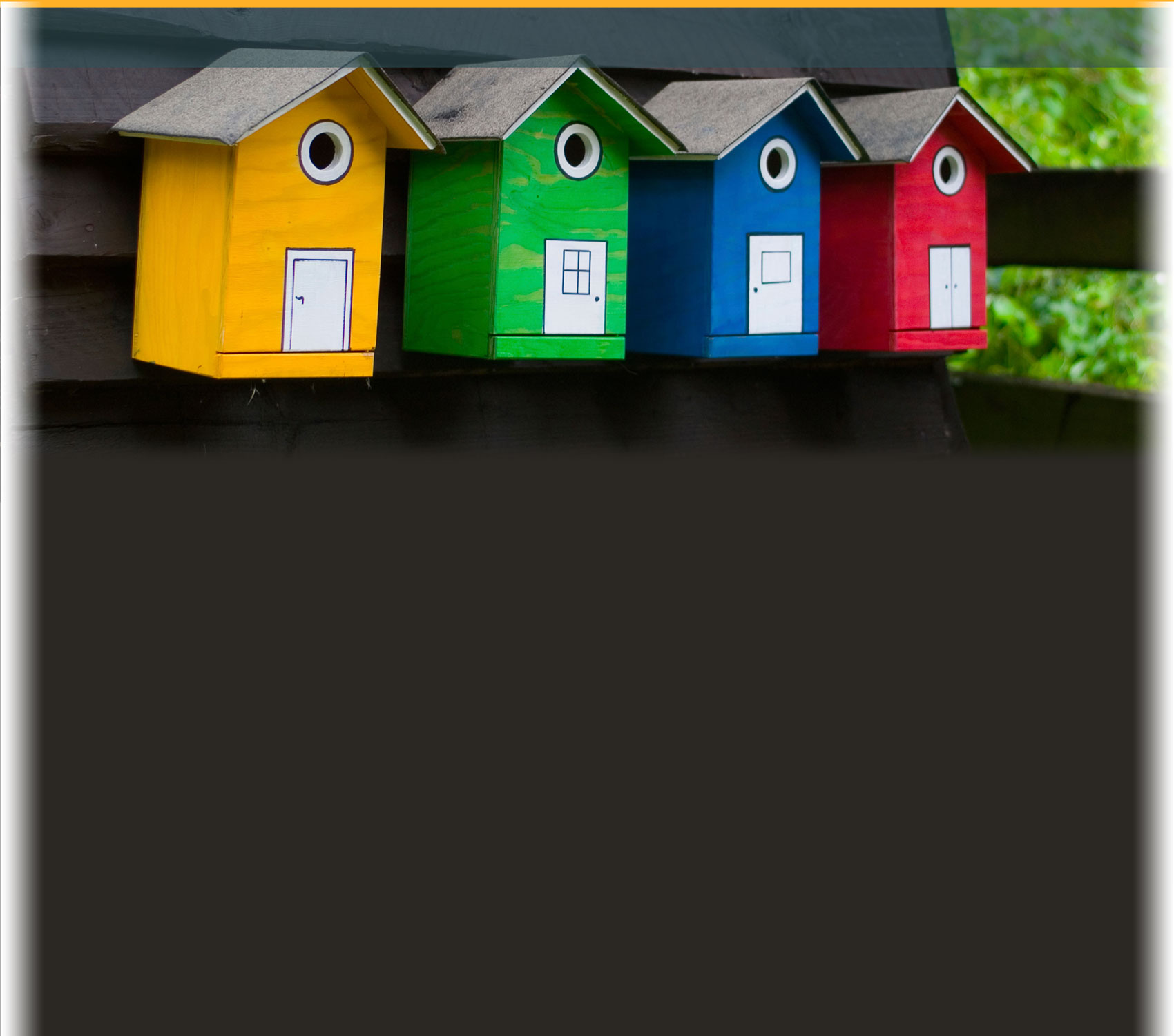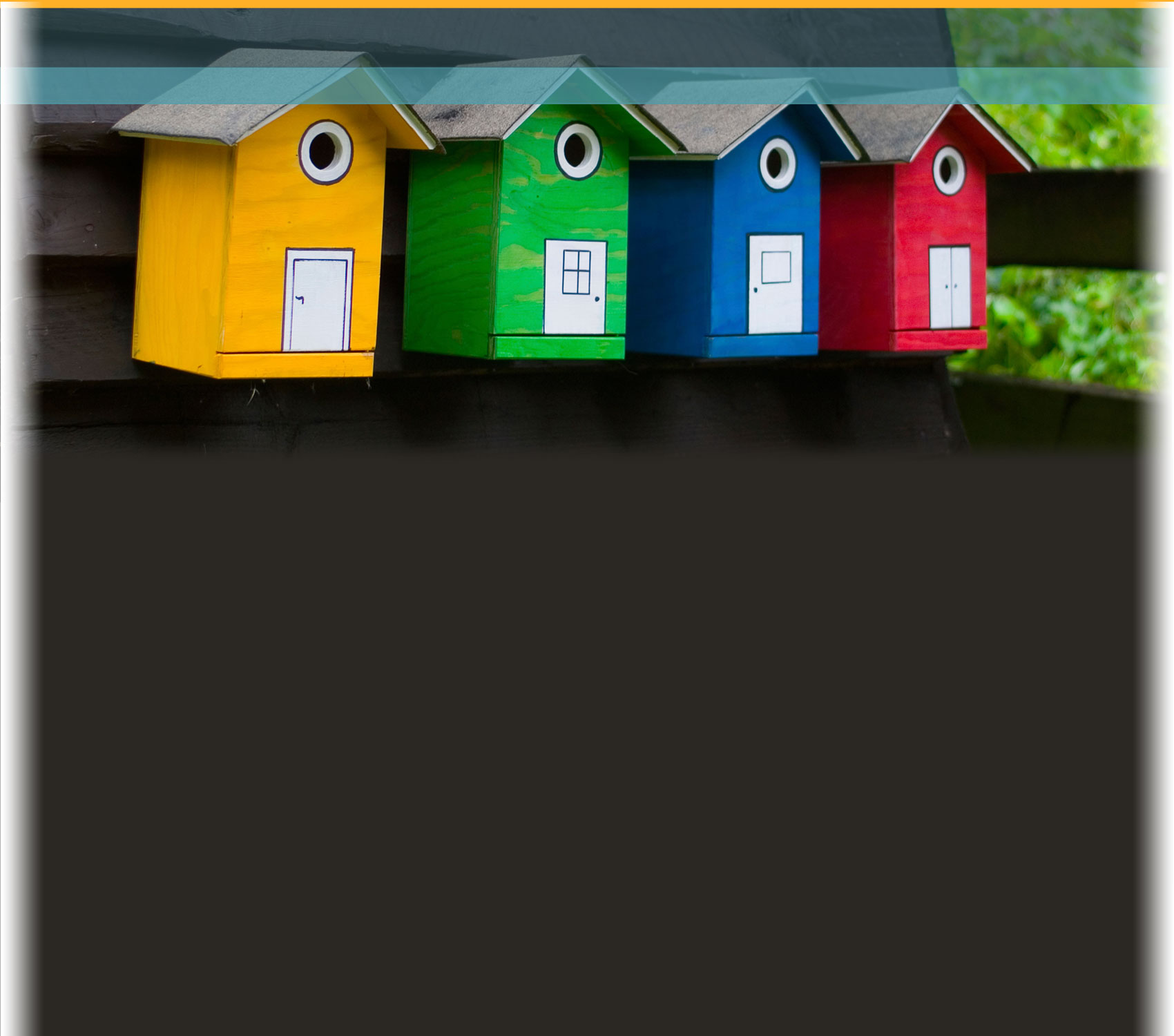Appendix G: MSDE Standards
Next Generation Science Standards
MS-ESS3 Earth and Human Activity
MS-ESS3-3. Apply scientific principles to design a method for monitoring and minimizing a human impact on the environment.
|
Science and Engineering Practices
Construction Explanations and Designing Solutions
●Apply scientific principles to design an object, tool, process or system. (MS-ESS3-3) |
Disciplinary Core Ideas
●Human activities have significantly altered the biosphere, sometimes damaging or destroying natural habitats and causing the extinction of other species. But changes to
●Typically as human populations and per-
|
Crosscutting Concepts
Cause and Effect
Influence of Science, Engineering, and Technology on Society and the Natural World
|
MS-ETS1 Engineering Design
MS-ETS1-1.Define the criteria and constraints of a design problem with sufficient precision to ensure a successful solution, taking into account relevant scientific principles and potential impacts on people and the natural environment that may limit possible solutions.
MS-ETS1-2. Evaluate competing design solutions using a systematic process to determine how well they meet the criteria and constraints of the problem.
MS-ETS1-3.Analyze data from tests to determine similarities and differences among several design solutions to identify the best characteristics of each that can be combined into a new solution to better meet the criteria for success.
MS-ETS1-4. Develop a model to generate data for iterative testing and modification of a proposed object, tool, or process such that an optimal design can be achieved.
|
Science and Engineering Practices
Asking Questions and
Developing and Using Models
Analyzing and Interpreting Data
Engaging in Argument from Evidence
|
Disciplinary Core Ideas
ETS1.A: Defining and Delimiting Engineering Problems
ETS1.B: Developing Possible Solutions
ETS1.C: Optimizing the Design Solution
|
Crosscutting Concepts
Influence of Science,
|
Maryland State STEM Standards of Practice
(SSOP)
ᅠ
1. Learn and Apply Rigorous Science, Technology, Engineering, and Mathematics Content
STEM proficient students will
learn and apply rigorous content within science, technology, engineering, and mathematics disciplines to answer complex questions, to investigate global issues, and to develop solutions for challenges and real world problems.
- Demonstrate an understanding of science, technology, engineering, and mathematics content.
- Apply science, technology, engineering, or mathematics content to answer complex questions, to investigate global issues, and to develop solutions for challenges and real world problems.
2. Integrate Science, Technology, Engineering, and Mathematics Content
STEM proficient students will
integrate content from science, technology, engineering, and mathematics disciplines as appropriate to answer complex questions, to investigate global issues, and to develop solutions for challenges and real world problems.
- Analyze interdisciplinary connections that exist within science, technology, engineering, and mathematics disciplines and other disciplines.
- Apply integrated science, technology, engineering, mathematics content, and other content as appropriate to answer complex questions, to investigate global issues, and to develop solutions for challenges and real world problems.
3. Interpret and Communicate Information from Science, Technology, Engineering, and Mathematics
STEM proficient students will interpret and communicate information from science, technology, engineering, and mathematics to answer complex questions, to investigate global issues, and to develop solutions for challenges and real world problems.
- Identify, analyze, and synthesize appropriate science, technology, engineering, and mathematics information (text, visual, audio, etc.).
- Apply appropriate domain-specific vocabulary when communicating science, technology, engineering, and mathematics content.
- Engage in critical reading and writing of technical information.
- Evaluate and integrate multiple sources 0of information (e.g.: quantitative data, video and multimedia) presented in diverse formats.
- Develop an evidence-based opinion or argument.
- Communicate effectively and precisely with others.
4.
Engage in Inquiry
STEM proficient students will engage in inquiry to investigate global issues, challenges, and real world problems.
- Ask questions to identify and define global issues, challenges, and real world problems.
- Conduct research to refine questions and develop new questions.
5. Engage in Logical Reasoning
STEM proficient students will engage in logical reasoning
to answer complex questions, to investigate global issues, and to develop solutions for challenges and real world problems.
- Engage in critical thinking.
- Evaluate, select, and apply appropriate systematic approaches (scientific and engineering practices, engineering design process, and/or mathematical practices).
- Apply science, technology, engineering, and mathematics content to construct creative and innovative ideas.
- Analyze the impact of global issues and real world problems at the local, state, national, and international levels.
6. Collaborate as a STEM Team
STEM proficient students will collaborate as a STEM team
to answer complex questions, to investigate global issues, and to develop solutions for challenges and real world problems.
- Identify, analyze, and perform a STEM specific subject matter expert (SME) role.
- Share ideas and work effectively with a STEM focused multidisciplinary team to achieve a common goal.
- Listen and be receptive to ideas of others.
- Analyze career opportunities that exist in a variety of STEM fields relevant to the STEM focused multidisciplinary team's goal.
7. Apply Technology Strategically
STEM proficient students will apply technology appropriately
to answer complex questions, to investigate global issues, and to develop solutions for challenges and real world problems.
- Identify and understand technologies needed to develop solutions to problems or construct answers to complex questions.
- Analyze the limits, risks, and impacts of technology.
- Engage in responsible/ethical use of technology.
- Improve or create new technologies that extend human capability.
ᅠ
Maryland Technology Literacy Standards for Students
Standard 3.0 – Technology for Learning and Collaboration: Use a variety of technologies for learning and collaboration.
Standard 5.0 – Technology for Information Use and Management: Use technology to locate, evaluate, gather, and organize information and data.
Standard 6.0 – Technology for Problem-Solving and Decision-Making: Demonstrate ability to use technology and develop strategies to solve problems and make informed decisions
Engineering
Engineering Design and Development - Students will demonstrate knowledge of and apply the engineering design and development process. (ITEA, STL 8,9,11)
Maryland Common Core State Curriculum Framework - Mathematics
Ratio and Proportional Relationships - 6.RP.3.d Use ratio reasoning to convert measurement units: manipulate and transform units appropriately when multiplying or dividing quantities.
Geometry - 7.G.1 Solve problems involving scale drawings of geometric figures, including computing actual lengths and areas from a scale drawing and reproducing a scale drawing at a different scale.
Maryland Common Core State Curriculum Framework
Writing Standards for Literacy in Science and Technical Subjects
WHST.6-8.2 Write informative/explanatory texts, including the narration of historical events, scientific procedures/ experiments, or technical processes.
Maryland Common Core State Curriculum Framework
Reading Standards for Literacy in Science and Technical Subjects
RST.6-8.7 Integrate quantitative or technical information expressed in words in a text with a version of that information expressed visually (e.g., in a flowchart, diagram, model, graph, or table).


